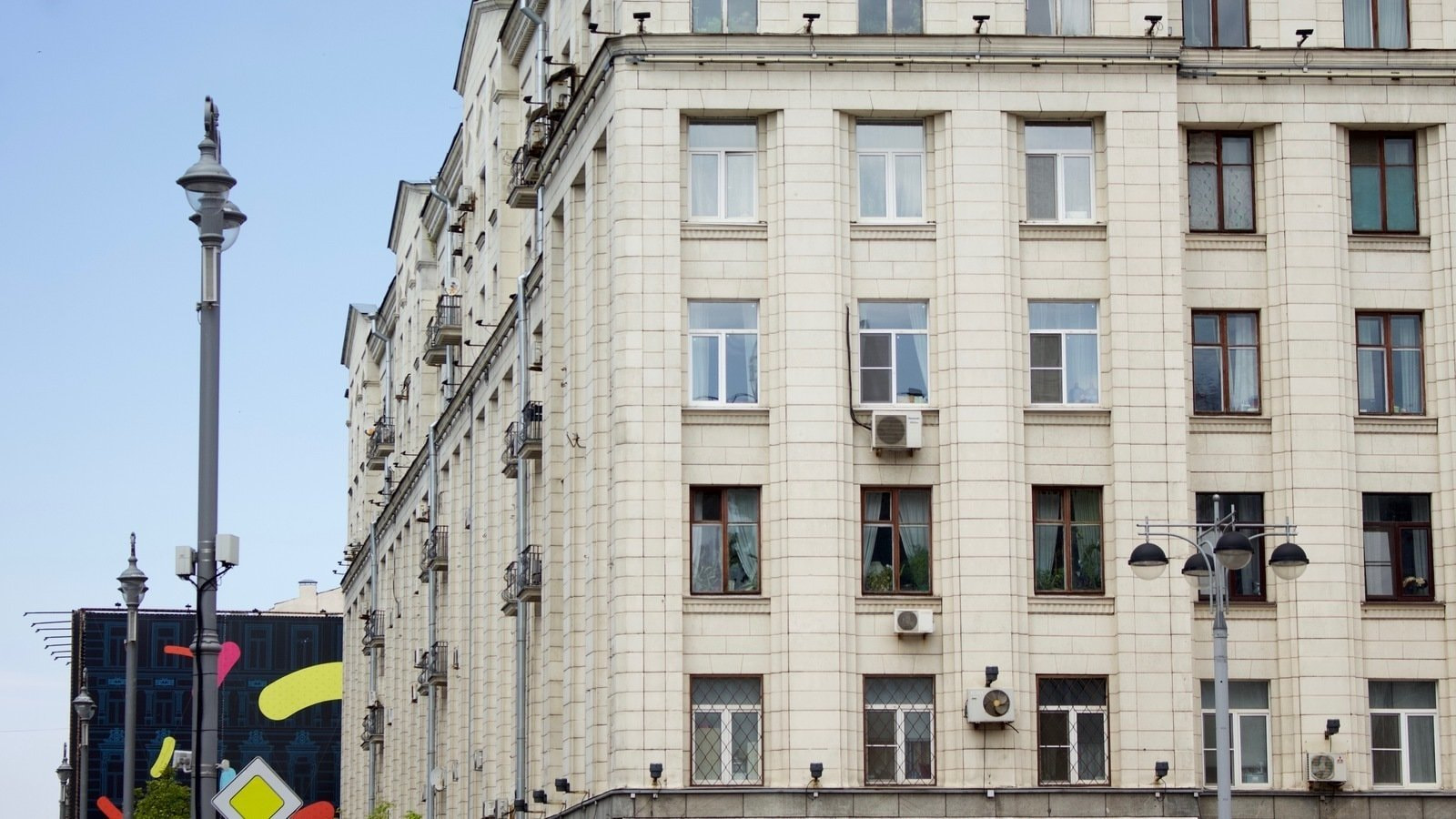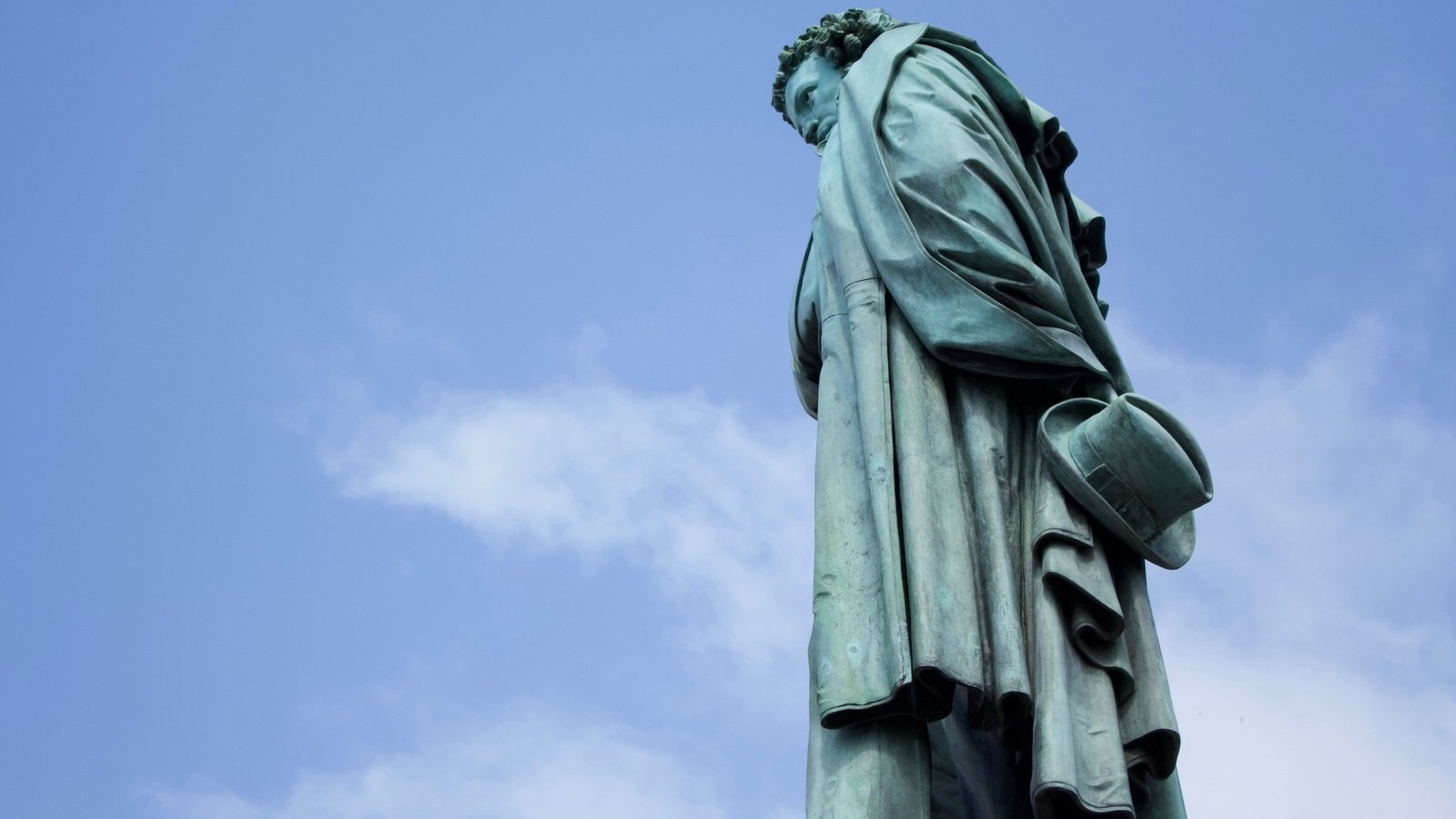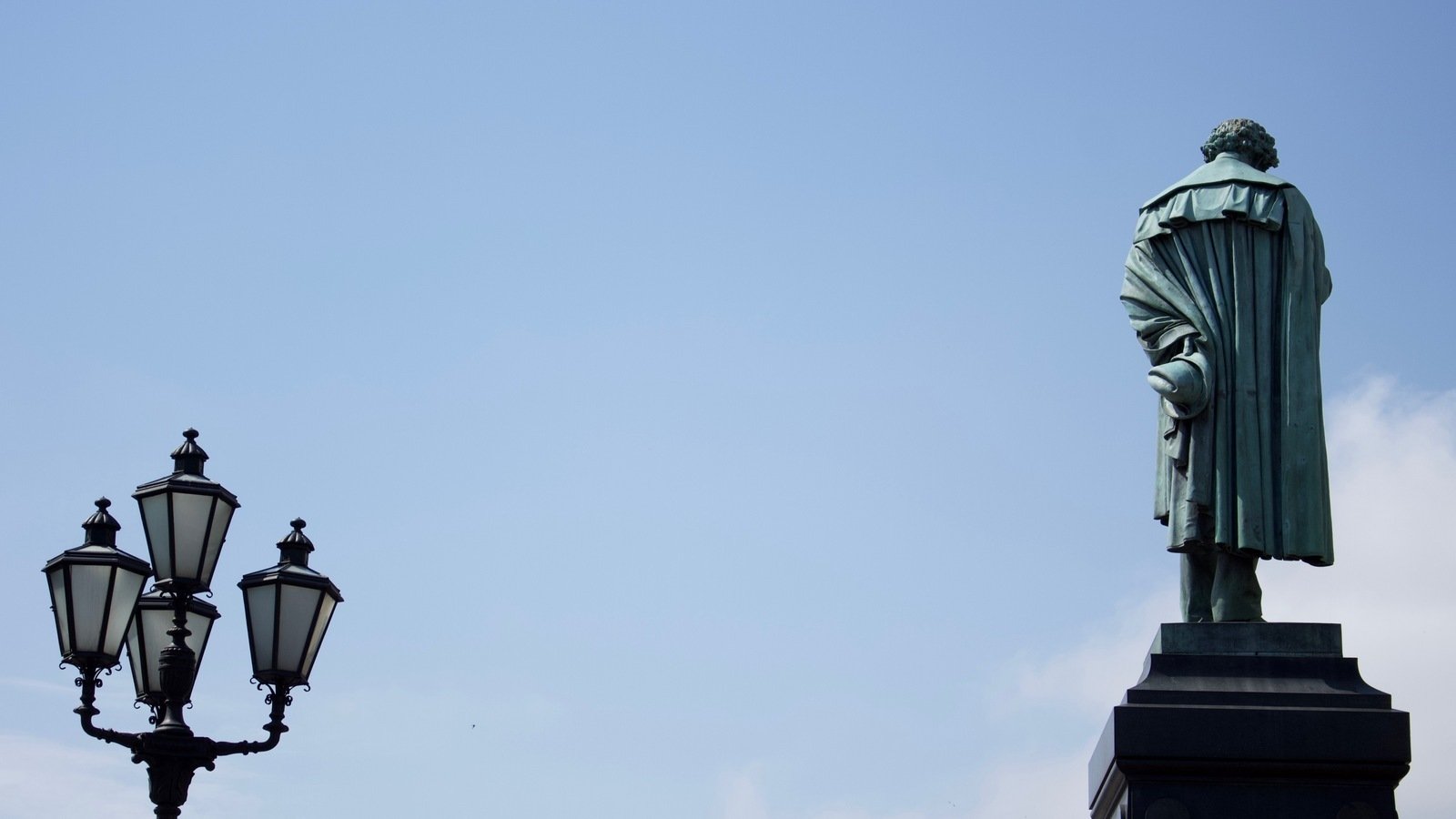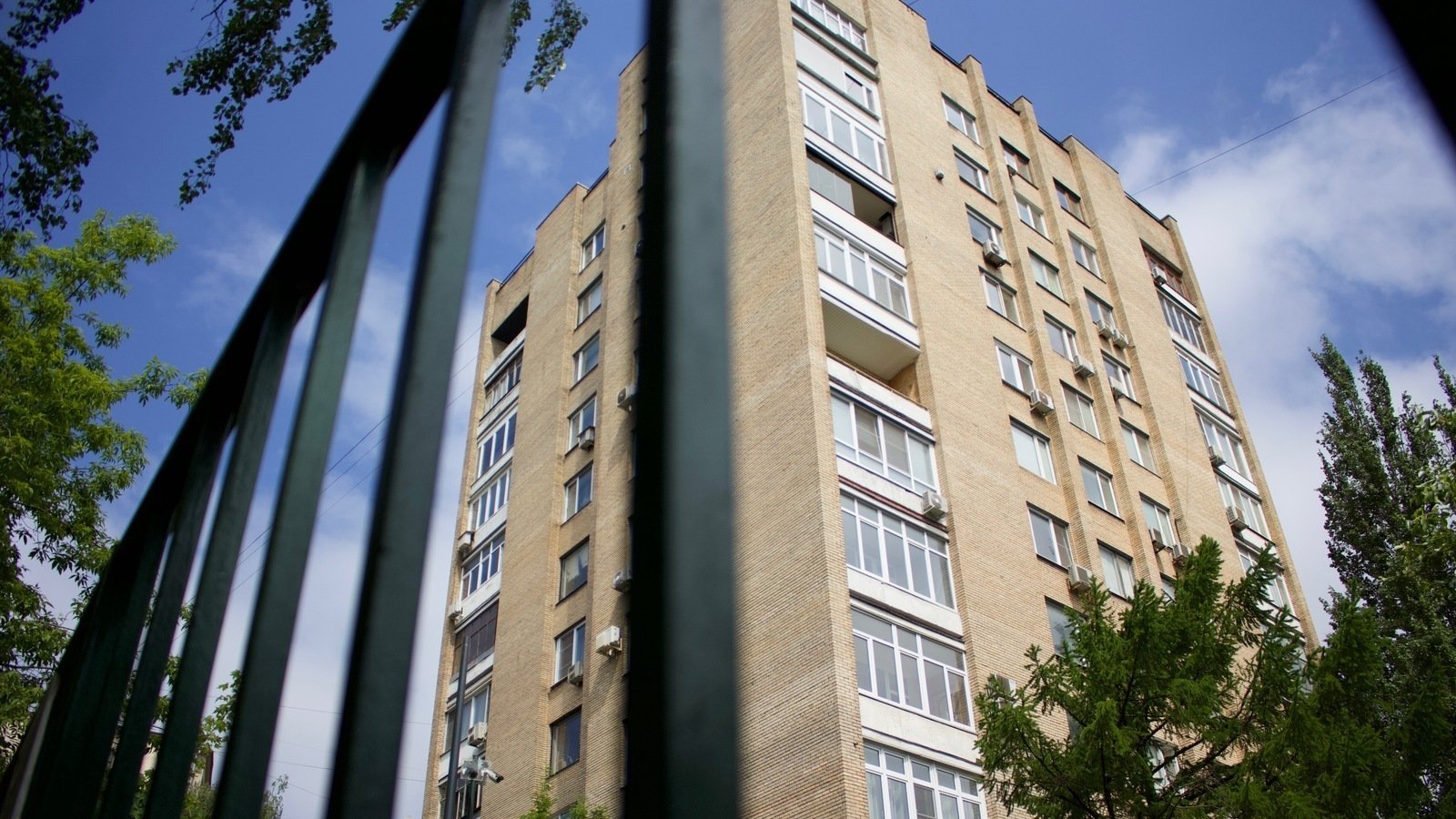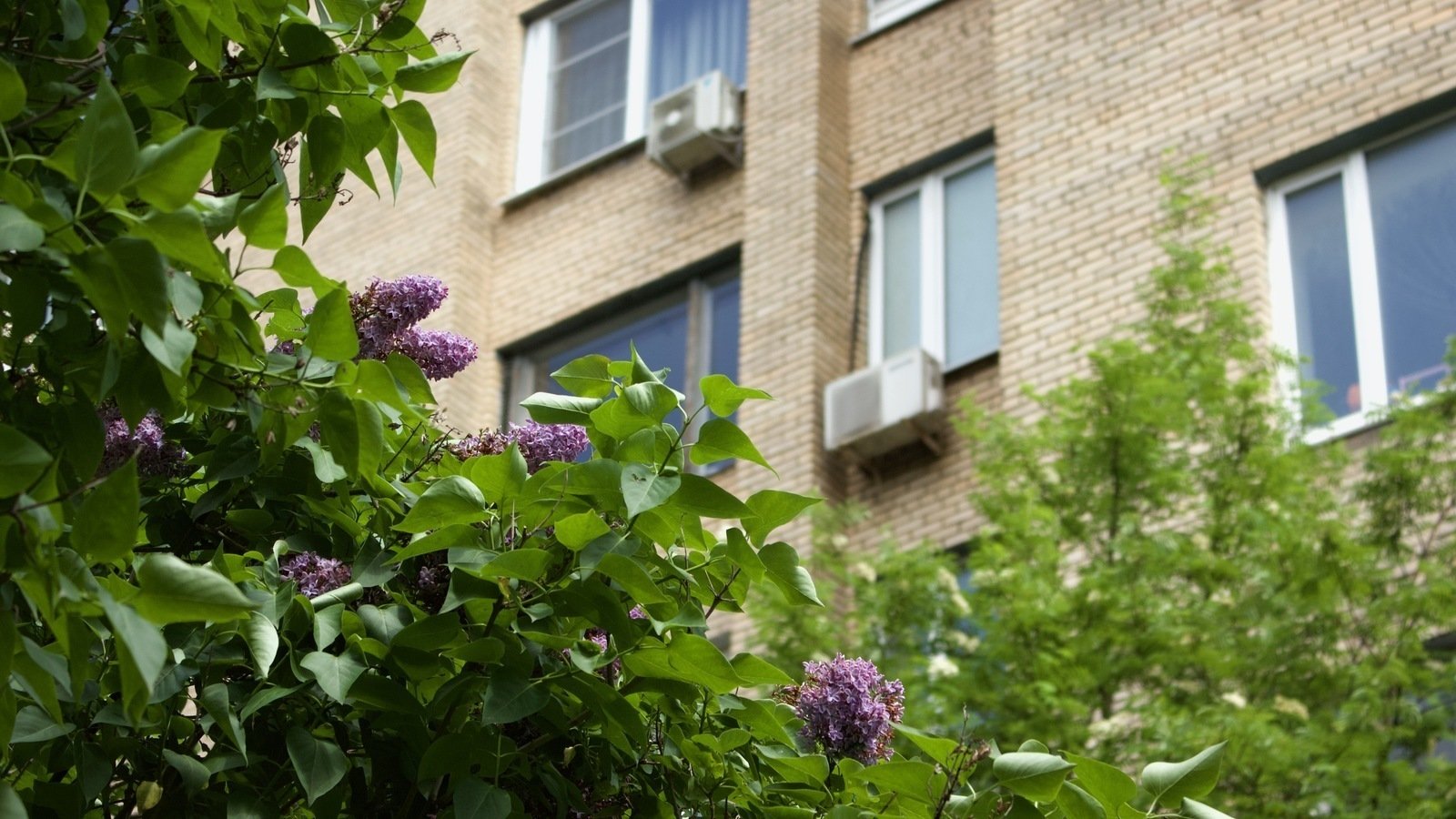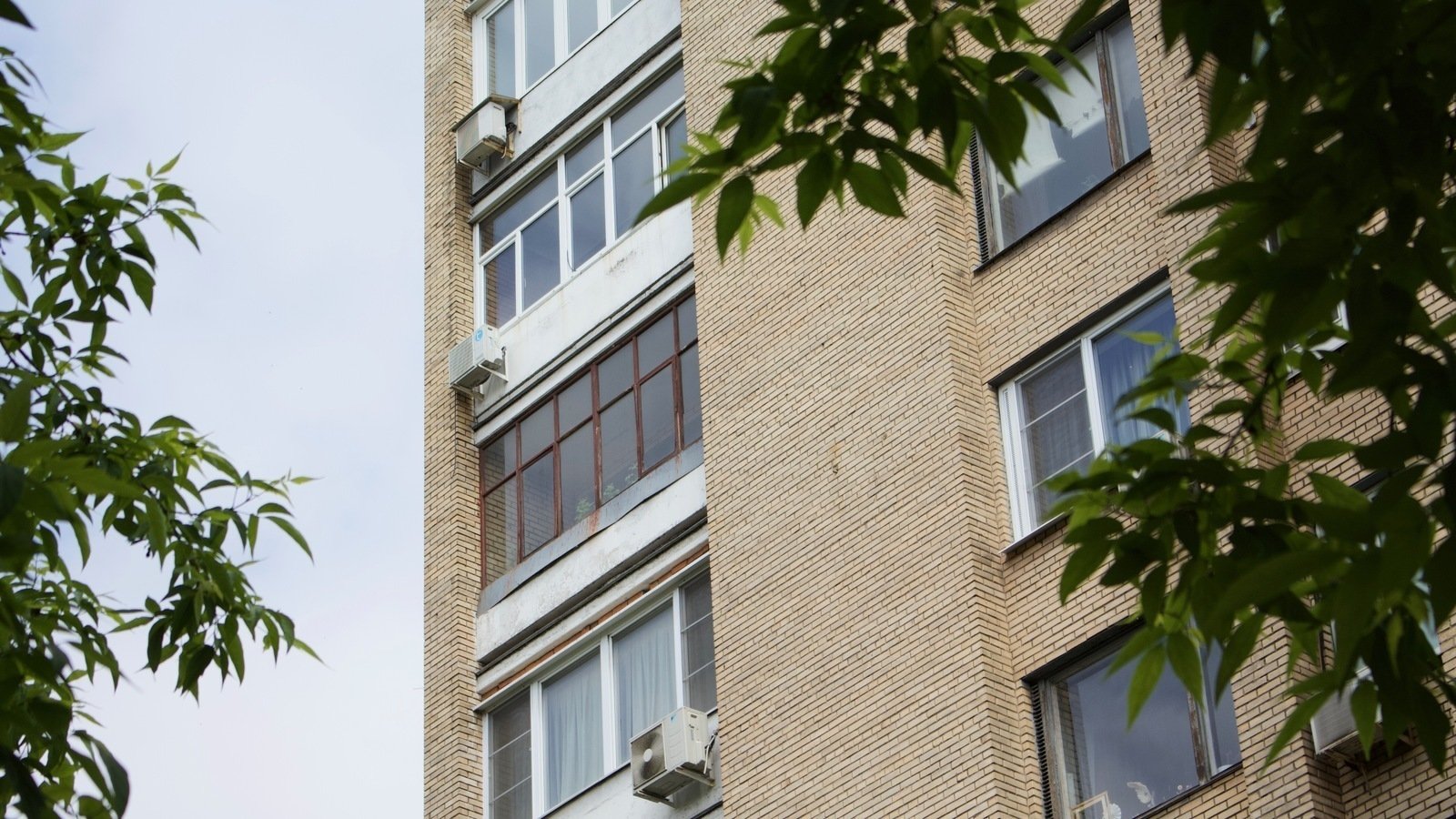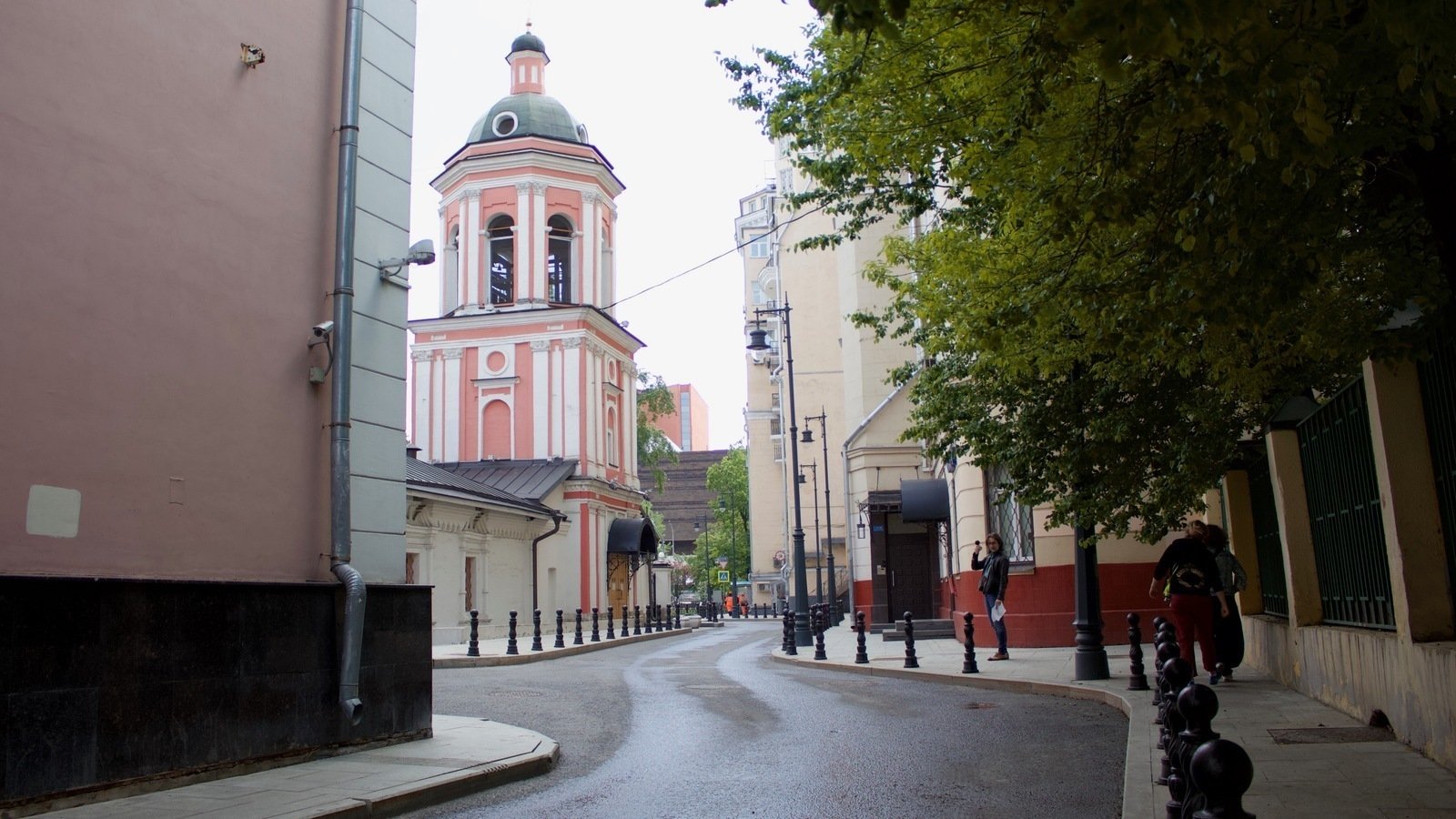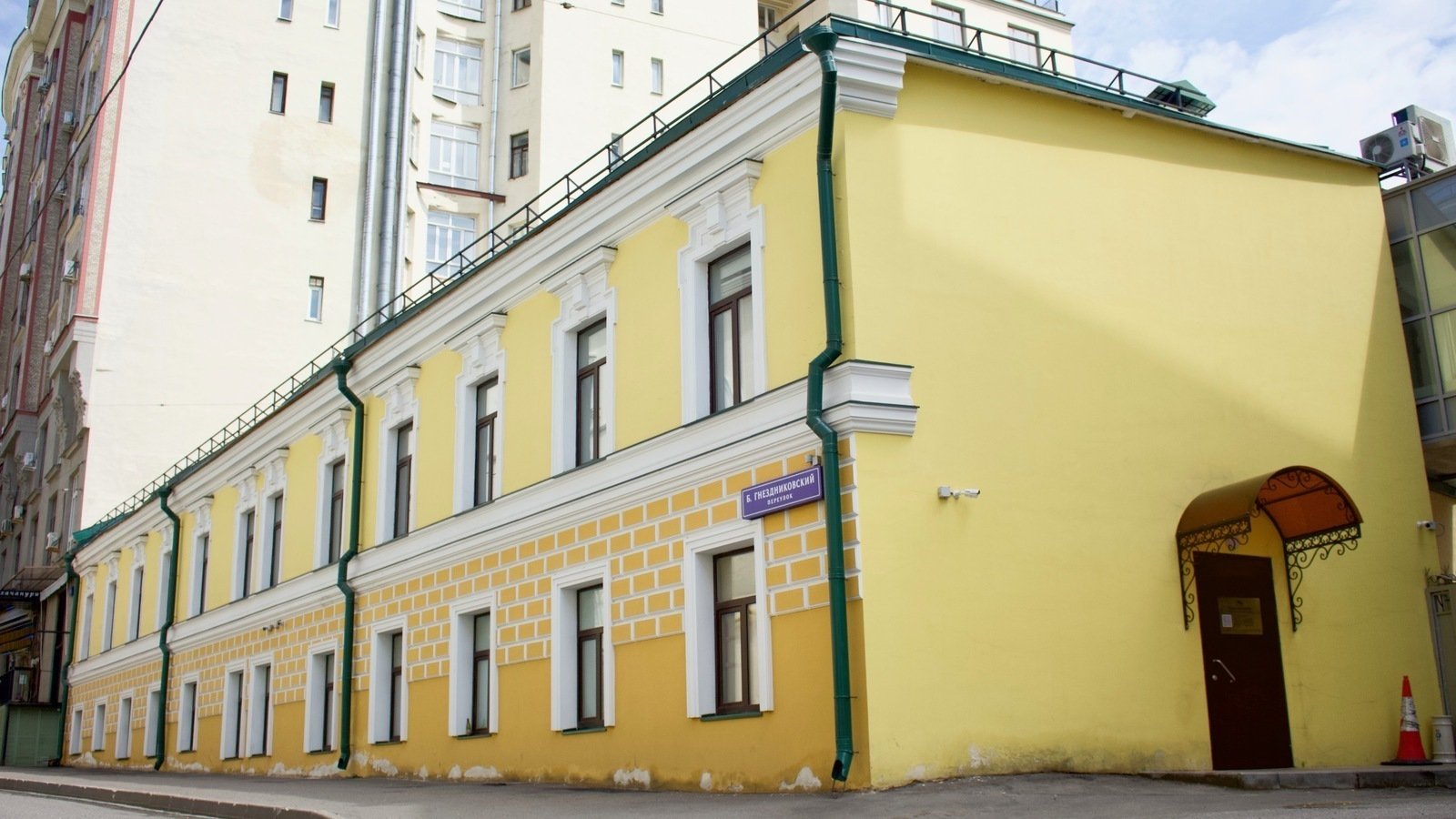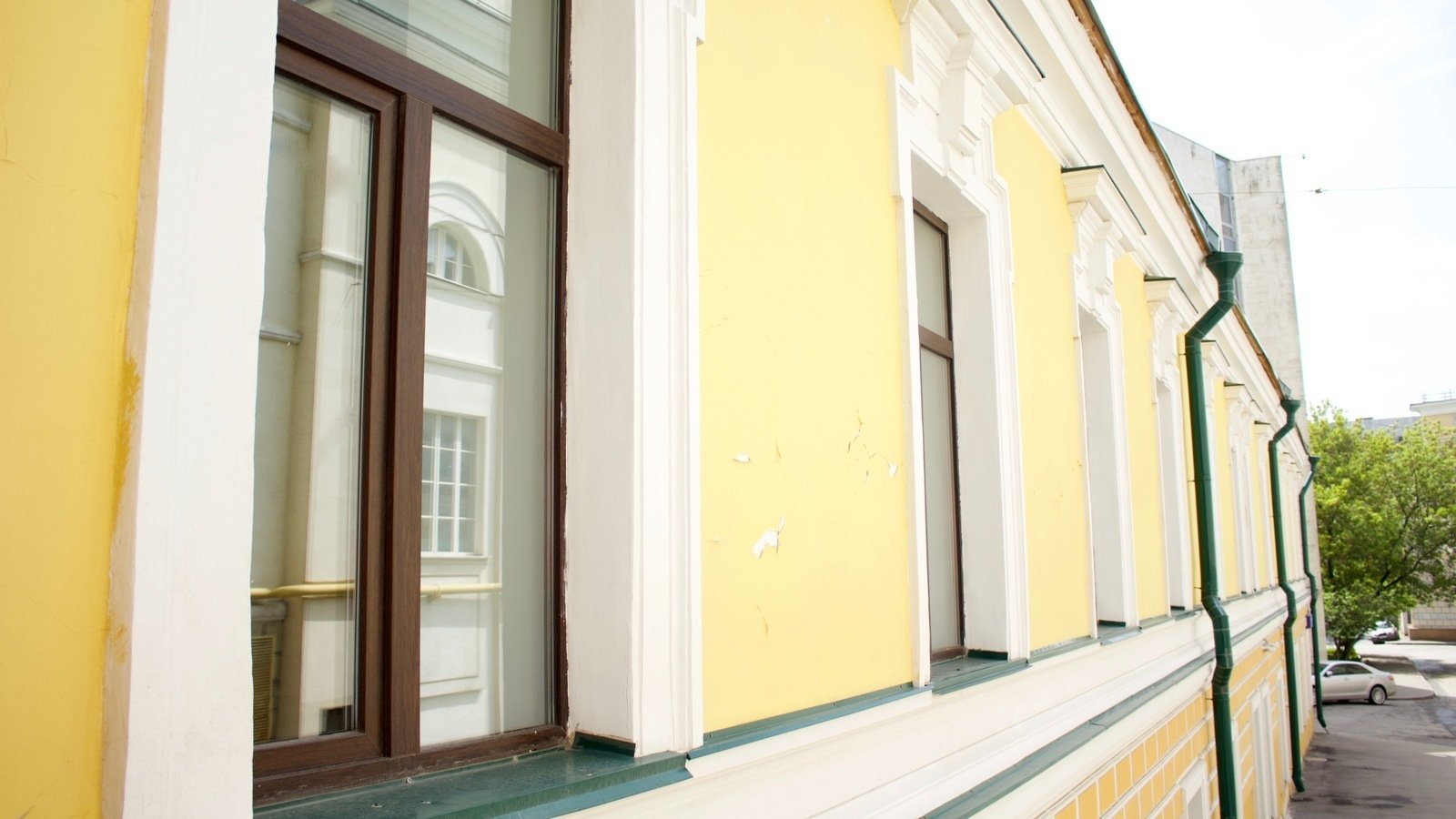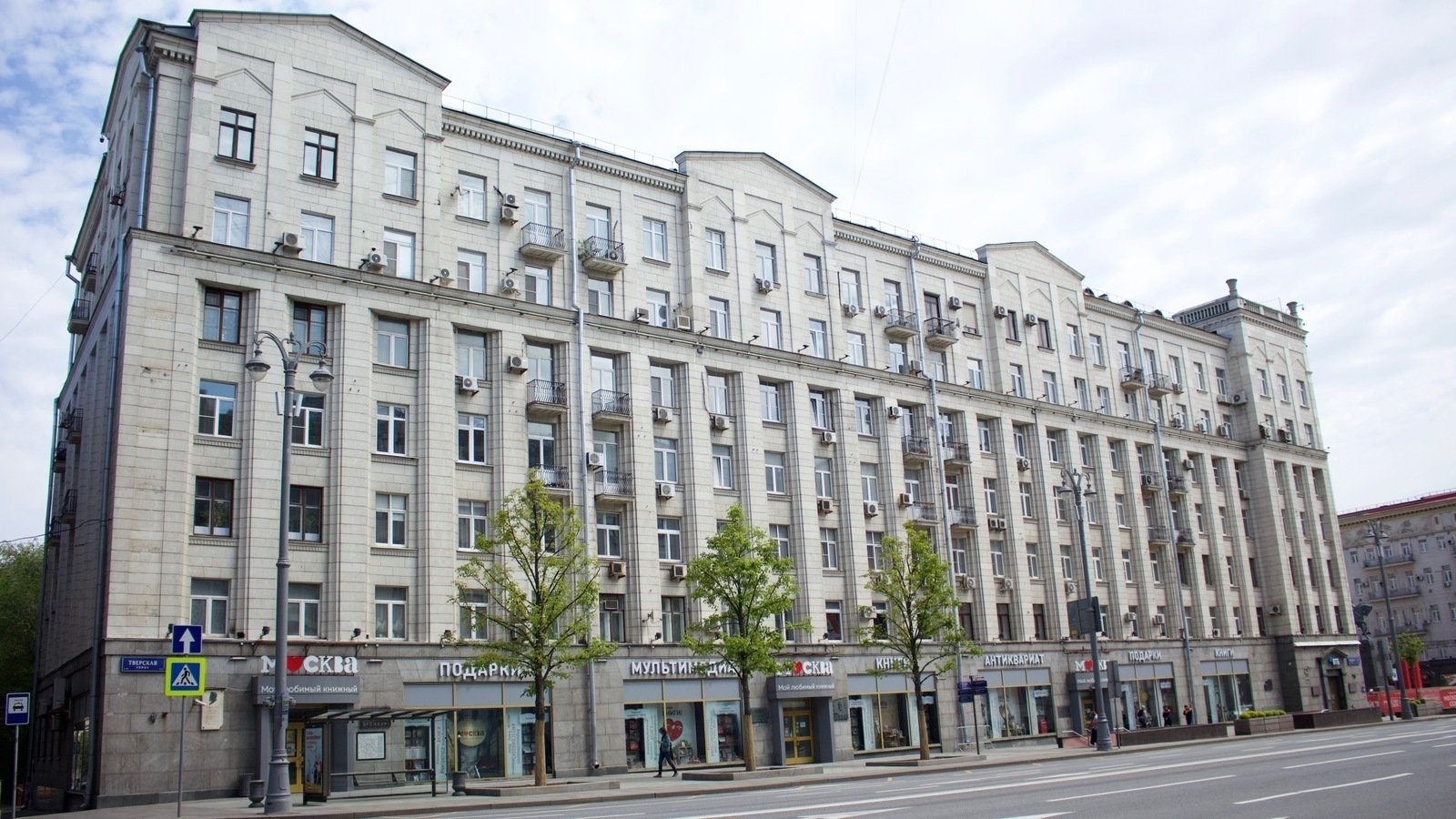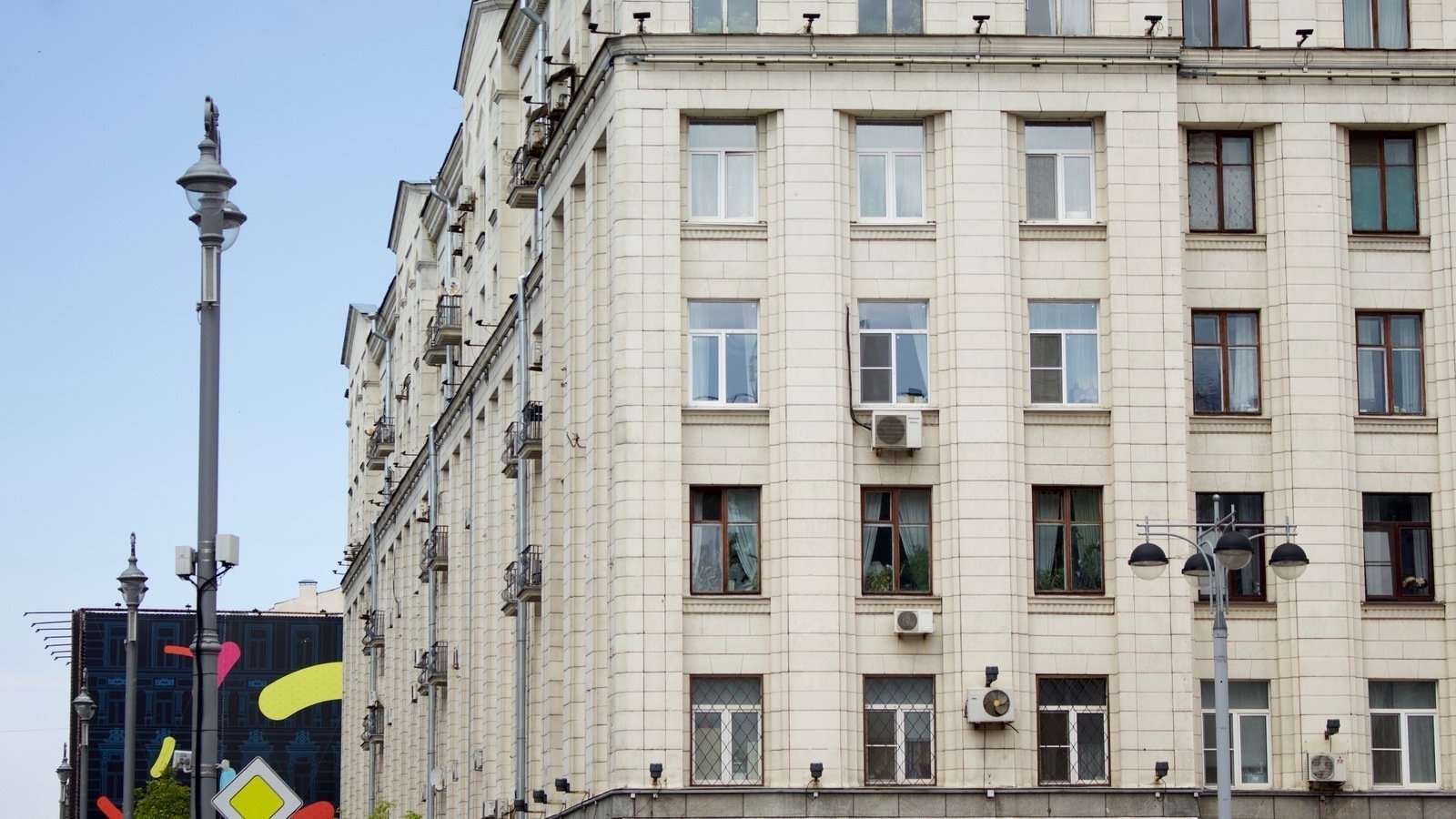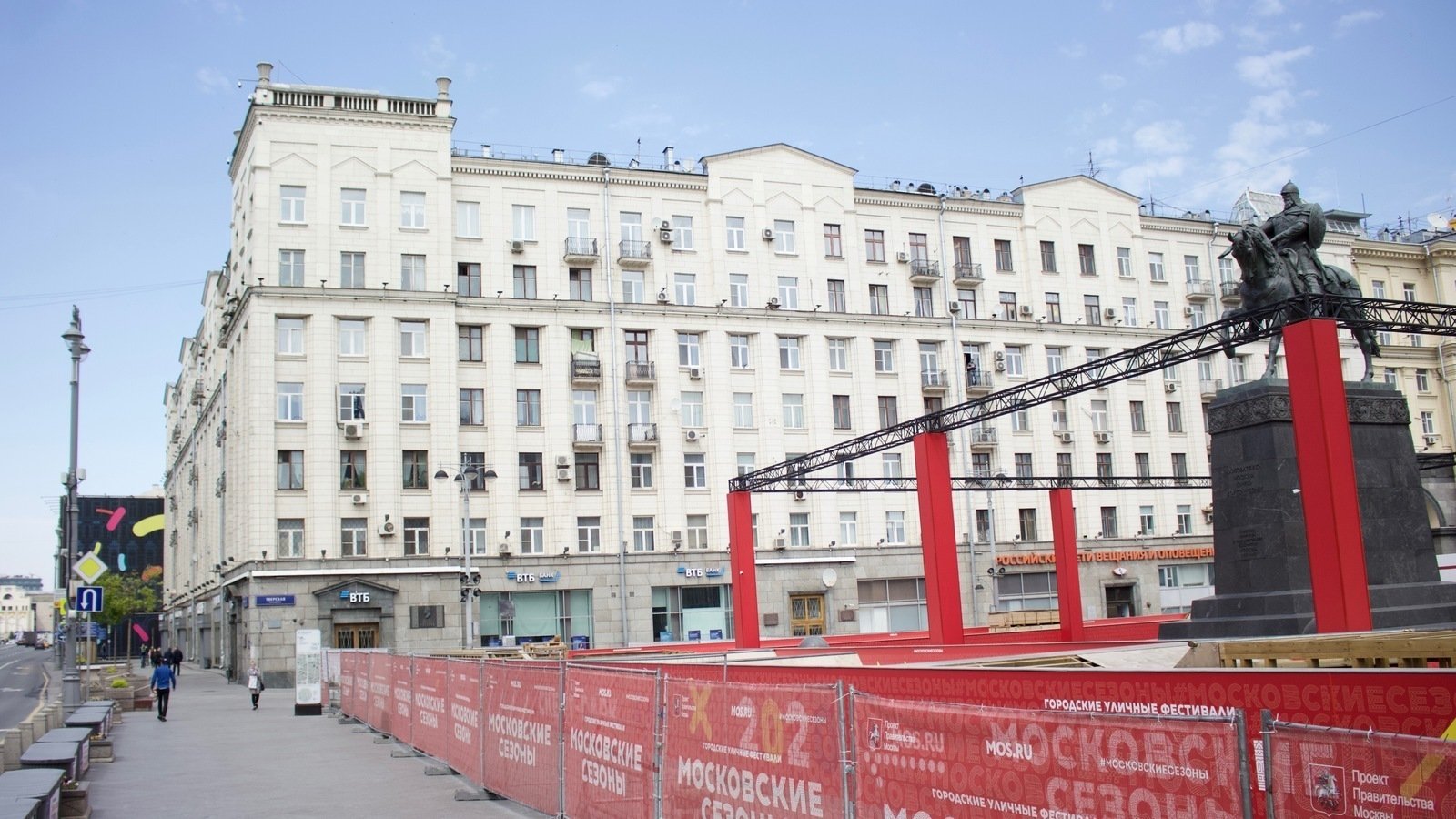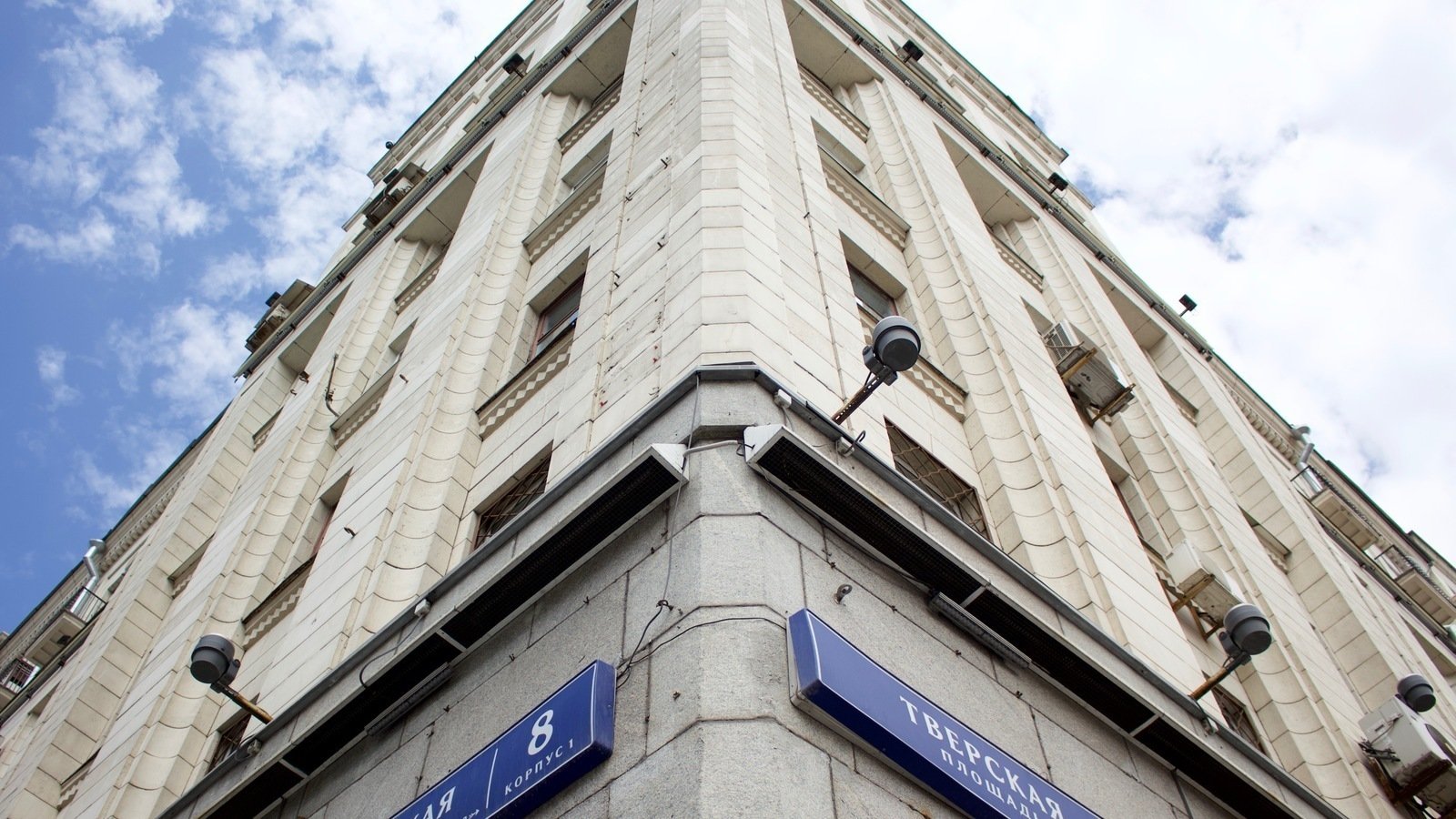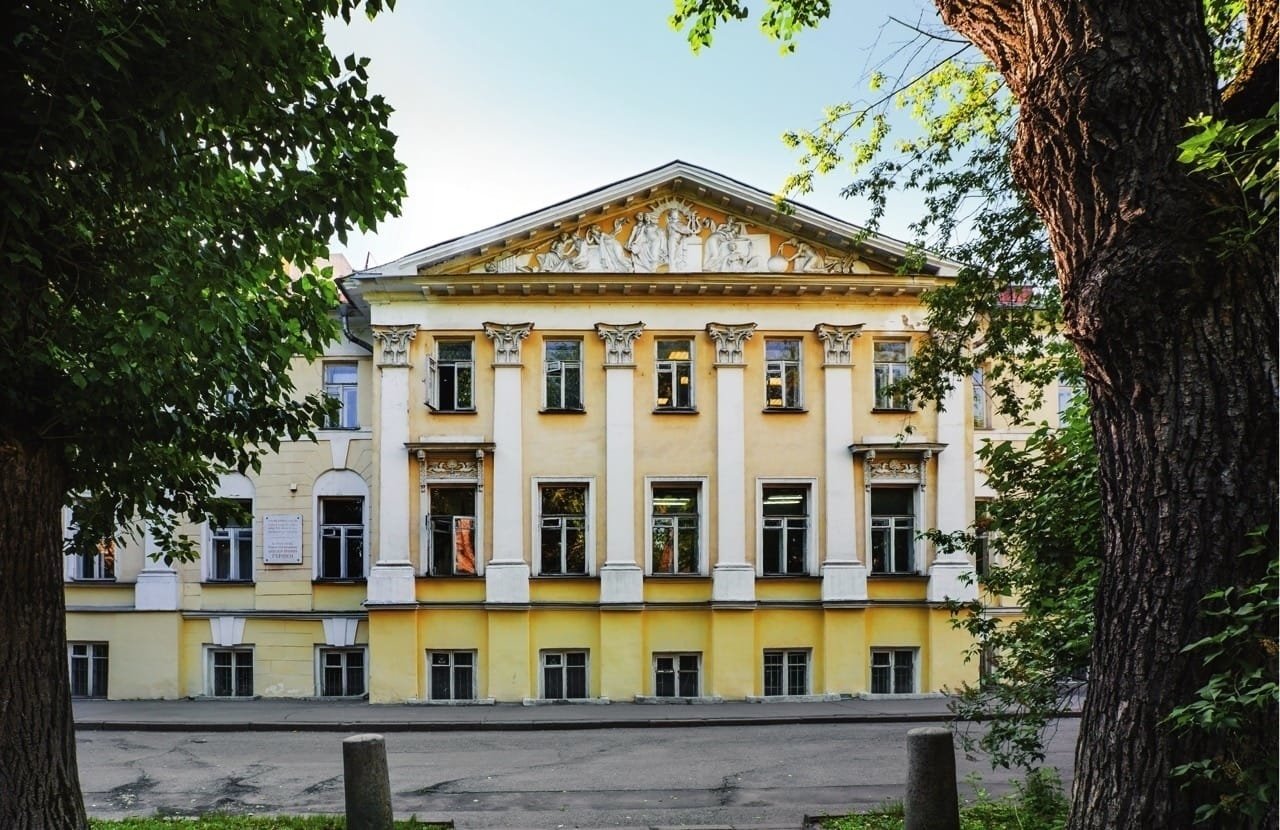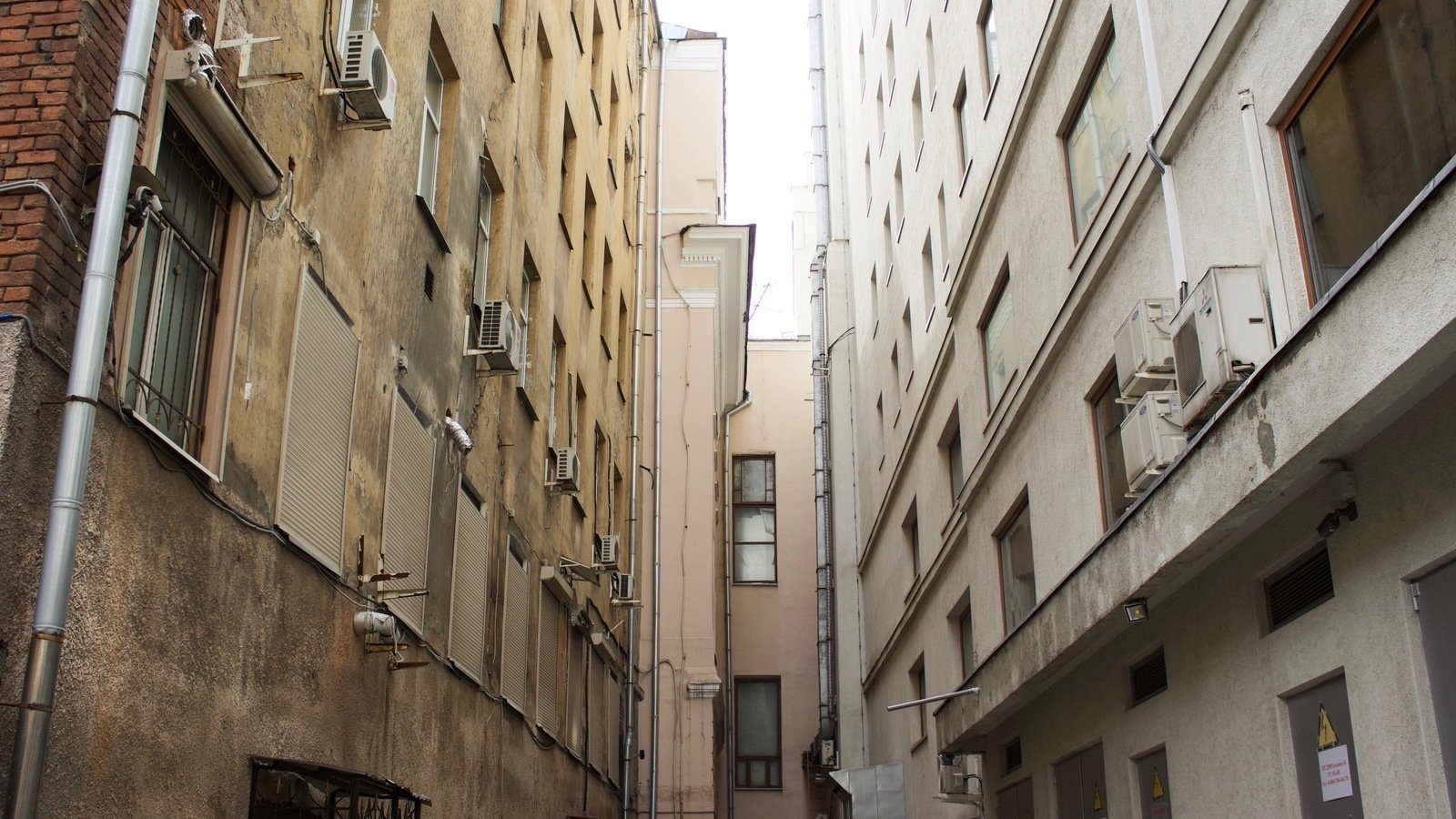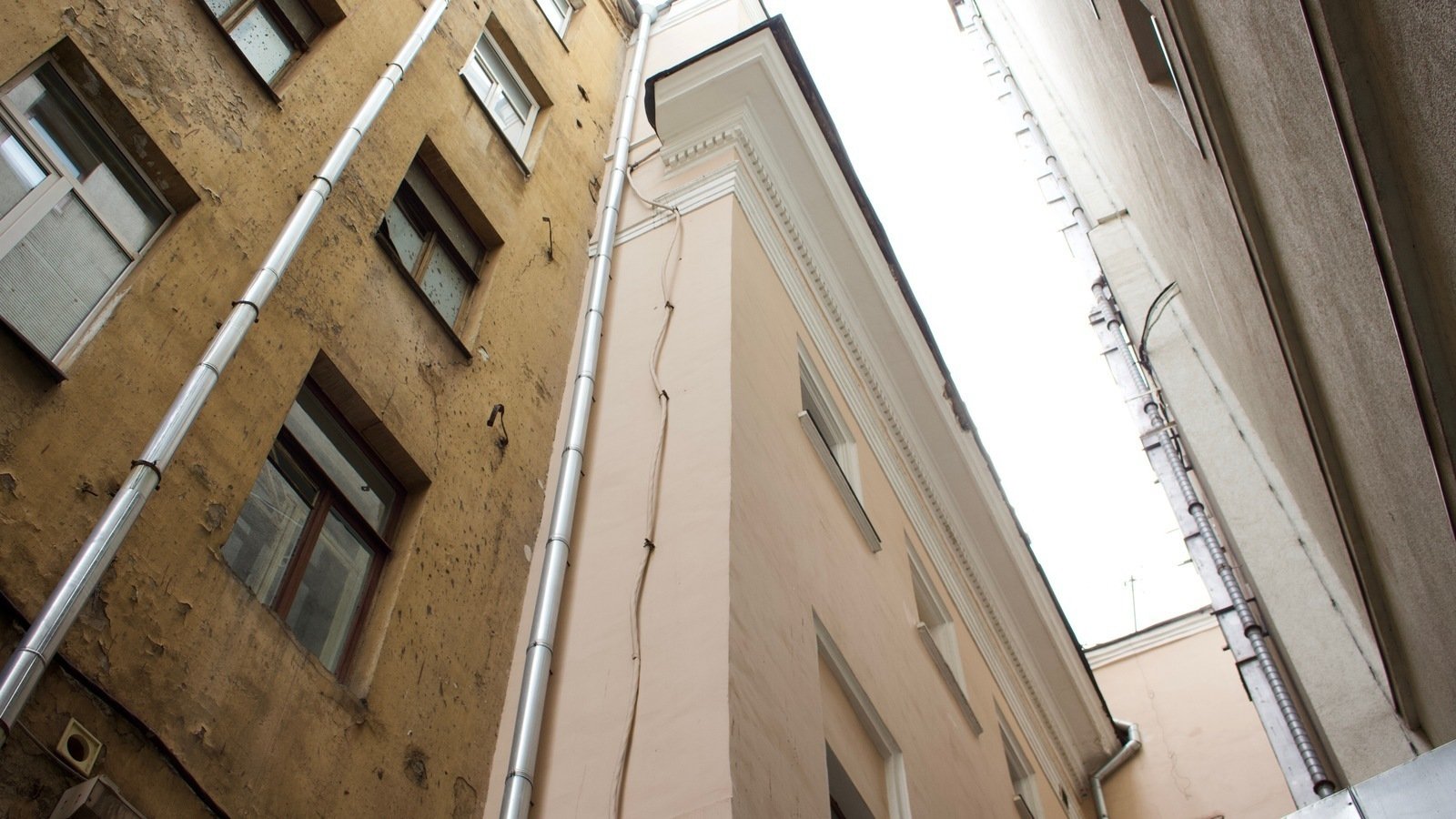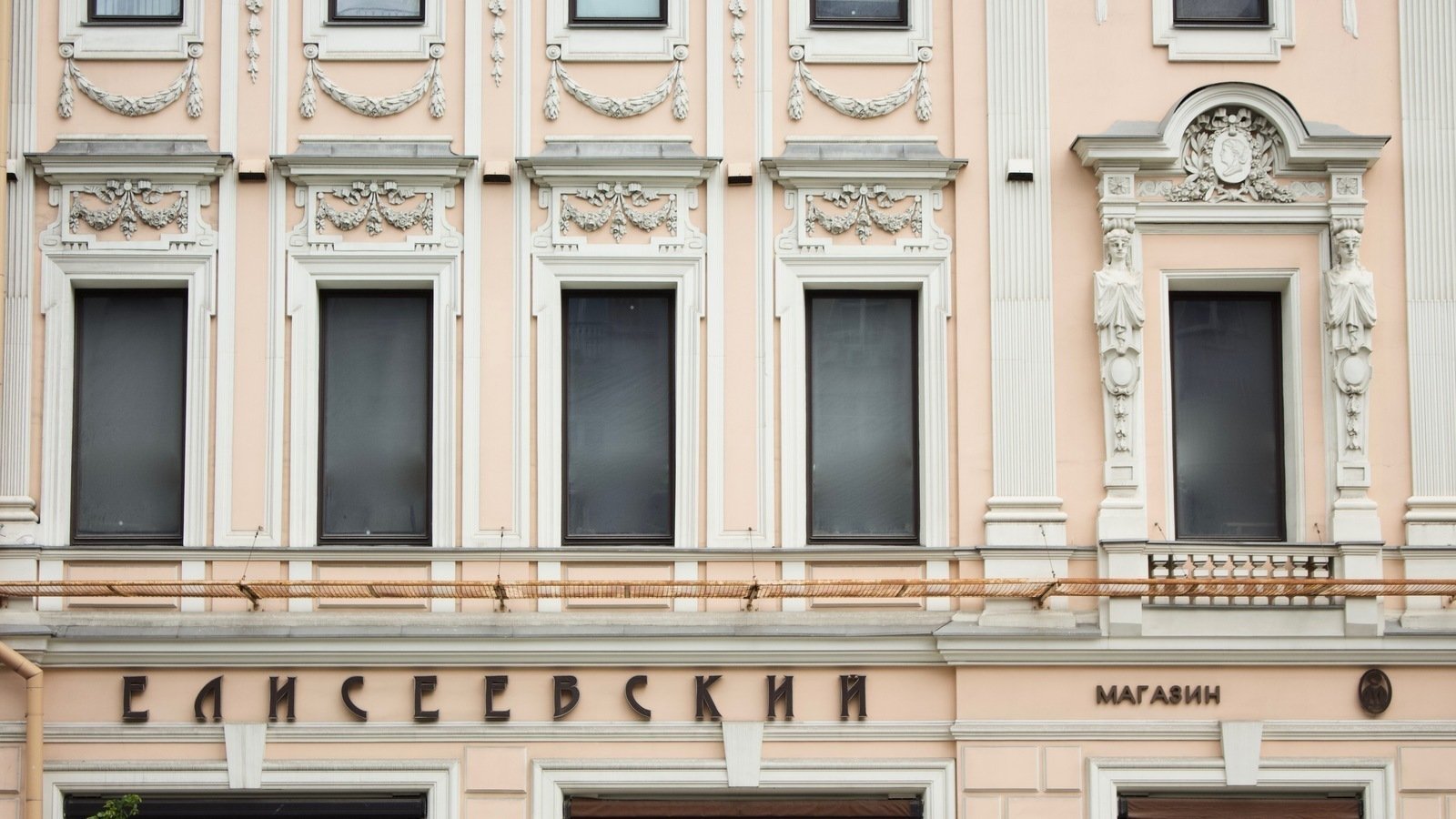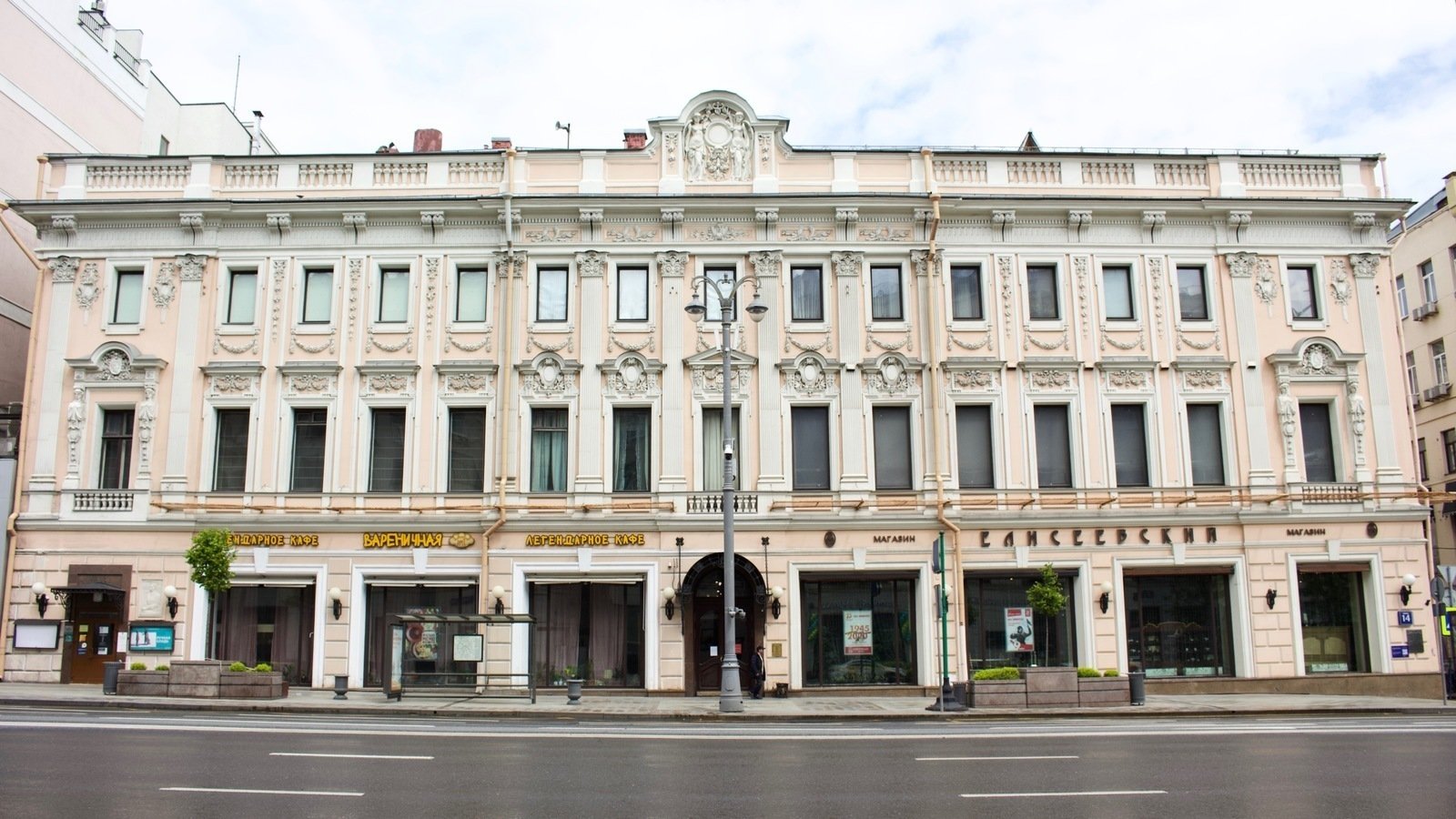An evening audio walk: Apartment Hopping: Moscow Nineteenth- and Twentieth-Century Salons along Tverskaya Street
A sentimental promenade with the historian Sergey Nikitin and the music band Khadn Dadn along one of Moscow’s main streets.
The walk will recount the history of salons-circles and their quiet, intelligent inhabitants, who discussed the most diverse things over a cup of tea or something stronger in the kitchen. The intelligentsia’s home meetings are a key leitmotif of the show Sekretiki. Philosopher Merab Mamardashvili and physicist Bruno Pontecorvo could be encountered at translator Yulia Dobrovolskaya’s home, while the Yuzhinsky circle sat in a barrack near the Patriarch Ponds. Also right there, in the Tverskaya neighborhood, people sang, declared speeches, and argued a century before—in Princess Volkonskaya’s house and the Sverbeevs’s Salon.
The walk features special guests: art historian Elena Nemirovskaya, journalist Igor Dudinsky, artist Igor Makarevich, and the music band Khadn Dadn who will perform their hit single My segodnya doma (We are at Home Tonight) as part of the tour.
Duration: 2 hours
Route length: 3.1km
The audio walk is available in Russian
Sound engineer: Andrey Romashov
Photographer: Ekaterina Parshina
The walk is part of the public program accompanying the exhibition Sekretiki: Digging Up Soviet Underground Culture, 1966–1985.
About the author
Sergey Nikitin (b. 1980, Moscow) is a historian of cities, founder of the MosKultPro urban research project, within which over 100 routes around the suburbs and central districts of Moscow and other cities have been developed. Graduate of the History Faculty of Lomonosov Moscow State University. Candidate of Philology, docent, specializing in the twentieth century. Senior research fellow at the Museum of Moscow. Author of the books Strana Imen (The Land of Names) and Walks in Rome.
Intro
Pushkin Square
At the Pushkin monument.
Upon exiting the Chekhovskaya metro station—I ask you to put on the hat—let’s remember a few hundred Moscuvites who gathered here on Soviet Constitution Day on December 5, 1965, with the call for an open trial for Sinyavsky and Daniel. Mathematician Alexander Esenin-Volpin created the motto of the protest: “Respect Your Constitution.” From 1965 to 1977, people continued to gather here on each Constitution Day. They did not bring any slogans—but simply took off hats at the monument.
Yuzhinsky circle
Bolshoy Palashevsky, 3
Let’s remember Yuri Mamleev and the gatherings in his two rooms in a barrack at the Patriarch Ponds. Wandering philosophers, stung by the war, moved in here from the smoking rooms of the Lenin and Historical libraries. Passionate conversations in the manner of Dostoyevsky’s The Demons were in full swing almost around the clock.
We are standing at a luxurious residential house that has replaced Mamleev’s poor barrack. Yuri Dudinsky recollects how he saw this place for the first time at the age of 16, and how he entered the legendary circle.
The Soviet title “Yuhinsky Lane,” by the way, was given after another Moscow circle-founder, Alexander Yuzhin-Sumbatov, whose apartment in the neighboring building hosted the Wednesday gatherings of the Teleshov’s circle at the beginning of the twentieth century.
The Sverbeevs’ Salon in Alexander Herzen’s House (the Literary Institute)
25 bld. 1, Tverskaya Street
As we approach the boulevard, we pass the home of Alexander Herzen, whom we know as a writer, opposition journalist, and friend and associate of Nikolay Ogarev. The latter played host to a legendary circle in his house on Nikitskaya Street. Meanwhile, Herzen’s former home was bought by Dmitry Sverbeev and soon became the center of Moscow’s cultural life. It was here in the early 1830s, that the “Basmanny thinker” Pyotr Chaadaev read his Philosophical Letters, even before they were published. The place is also known for roaring disputes between the Westerners and Slavophiles. Today, the building is occupied by Moscow’s Literary Institute. Osip and Nadezhda Mandelshtam lived in one of its wings once, as did Andrey Platonov.
The Erastovs’ Salon
9 bld. 1, Bolshoy Gnezdnikovsky Lane
We cross Tverskoy Boulevard—Moscow’s first boulevard, which once shone with palaces of aristocrats and is now full of busy restaurants and office buildings. We proceed to Gnezdnikovsky Lane, where a tiny two-floor red building stands in the shadow of the Nirnzee House. In the 1960s and 1970s, this was the apartment of the Erastovs, one of the research subjects tackled by the show Sekretiki. The artist Igor Makarevich will try to reconstruct what people discussed in there. Today, the bookshop Falanster, one of the key spots of Moscow’s intellectual life, has moved into a neighboring building.
Yula Dobrovolskaya’s House, 1960-1970s
8, Tverskaya Street
In the courtyard, near the garages.
A two-room apartment in a luxurious house opposite the Moscow City Council. Here lived the writer and memoirist Ilya Erenburg, the author of the novel The Thaw, which gave its name to a whole epoch; the studio of Dmitry Nalbandyan, the main official artist of the Brezhnev era, was also located here. But we are going to discuss the circle founded by the translator, educator, and author of dictionaries Yulia Dobrovolskaya. Before moving to Milan, Dobrovolskaya’s flat was the place to be for philosophers Merab Mamardashvili and Yuri Senokosov, physicists Bruno Pontecorvo and the future Nobel Prize laureate Vitaly Ginzburg. What was the communication code of the country’s intellectual elite at the time? What did they talk about, what did they eat and drink, and how did they find out that they were being followed?
LIVE Khadn Dadn My segodnya doma (We are at Home Tonight)
Princess Volkonskaya’s Salon
14, Tverskaya Street
Our walk concludes near the house of Princess Zinaida Volkonskaya, the muse of the great poets Venevitinov and Pushkin, to name just a few. Her Salon was the place for open conversations about art, society, and politics. The Turin-born Princess sang Rossini’s arias surrounded by the youth and university students. An island of criticism and freedom, the Salon angered the metropolitan police, and as a result, Zinaida Nikolaevna was asked to leave the country. After the 1917 Revolution, writer Nikolay Ostrovsky lived in the house, later converted into a museum. The current museum has a display dedicated to Princess Volkonskaya and her eminent guests.
LIVE Khadn Dadn Do svidanya (Good-bye)
